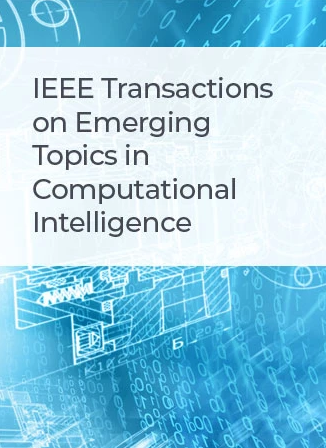Improving Topic Tracing with a Textual Reader for Conversational Knowledge Based Question Answering
IF 5.3
3区 计算机科学
Q1 COMPUTER SCIENCE, ARTIFICIAL INTELLIGENCE
IEEE Transactions on Emerging Topics in Computational Intelligence
Pub Date : 2024-03-18
DOI:10.1109/TETCI.2024.3369478
引用次数: 0
Abstract
Conversational KBQA(Knowledge Based Question Answering) is a sequential question-answering process in the form of conversation based on knowledge, and it has been paid great attention in recent years. One of the major challenges in conversational KBQA is the ellipsis and co-reference of topic entities in follow-up questions, which affects the performance of the whole conversational KBQA. Previous approaches identified the topics of current turn questions by encoding conversation records or modeling entities in conversation records. However, they ignored the meanings carried by the entities themselves in the modeling process. To solve the above problem and mitigate the impact of the problem on the whole KBQA system, we propose a new textual reader to integrate entity-related textual information and construct a graph-based neural network containing the textual reader to determine the topics of questions. The graph-based neural network scores entities in each question in conversations. Further, the scores are jointly cooperated with the similarity between questions and answers to obtain the correct answers in conversational KBQA systems. Our proposed method improved the accuracy with 5.5% at topic entity prediction and 1.5% at conversational KBQA on benchmark datasets compared with baseline methods in more real-world settings respectively. Experiment results on two datasets demonstrate that our proposed method improves the performance of topic tracing and conversational KBQA.利用文本阅读器改进主题追踪,实现基于对话知识的问题解答
会话式知识问答(KBQA,Knowledge Based Question Answering)是一种基于知识的会话形式的顺序答题过程,近年来备受关注。会话式知识问答的主要挑战之一是后续问题中话题实体的省略和共指,这影响了整个会话式知识问答的性能。以往的方法通过对对话记录进行编码或对对话记录中的实体进行建模来确定当前转折问题的主题。但是,这些方法在建模过程中忽略了实体本身所承载的含义。为了解决上述问题并减轻该问题对整个 KBQA 系统的影响,我们提出了一种新的文本阅读器来整合与实体相关的文本信息,并构建了一个包含文本阅读器的基于图的神经网络来确定问题的主题。基于图的神经网络会对会话中每个问题的实体进行评分。此外,在对话式 KBQA 系统中,这些分数与问题和答案之间的相似性共同作用,以获得正确答案。与基线方法相比,我们提出的方法在基准数据集上提高了 5.5% 的话题实体预测准确率和 1.5% 的会话 KBQA 准确率。在两个数据集上的实验结果表明,我们提出的方法提高了话题追踪和对话式知识库问答的性能。
本文章由计算机程序翻译,如有差异,请以英文原文为准。
求助全文
约1分钟内获得全文
求助全文
来源期刊

IEEE Transactions on Emerging Topics in Computational Intelligence
Mathematics-Control and Optimization
CiteScore
10.30
自引率
7.50%
发文量
147
期刊介绍:
The IEEE Transactions on Emerging Topics in Computational Intelligence (TETCI) publishes original articles on emerging aspects of computational intelligence, including theory, applications, and surveys.
TETCI is an electronics only publication. TETCI publishes six issues per year.
Authors are encouraged to submit manuscripts in any emerging topic in computational intelligence, especially nature-inspired computing topics not covered by other IEEE Computational Intelligence Society journals. A few such illustrative examples are glial cell networks, computational neuroscience, Brain Computer Interface, ambient intelligence, non-fuzzy computing with words, artificial life, cultural learning, artificial endocrine networks, social reasoning, artificial hormone networks, computational intelligence for the IoT and Smart-X technologies.
文献相关原料
| 公司名称 | 产品信息 | 采购帮参考价格 |
|---|
 求助内容:
求助内容: 应助结果提醒方式:
应助结果提醒方式:


